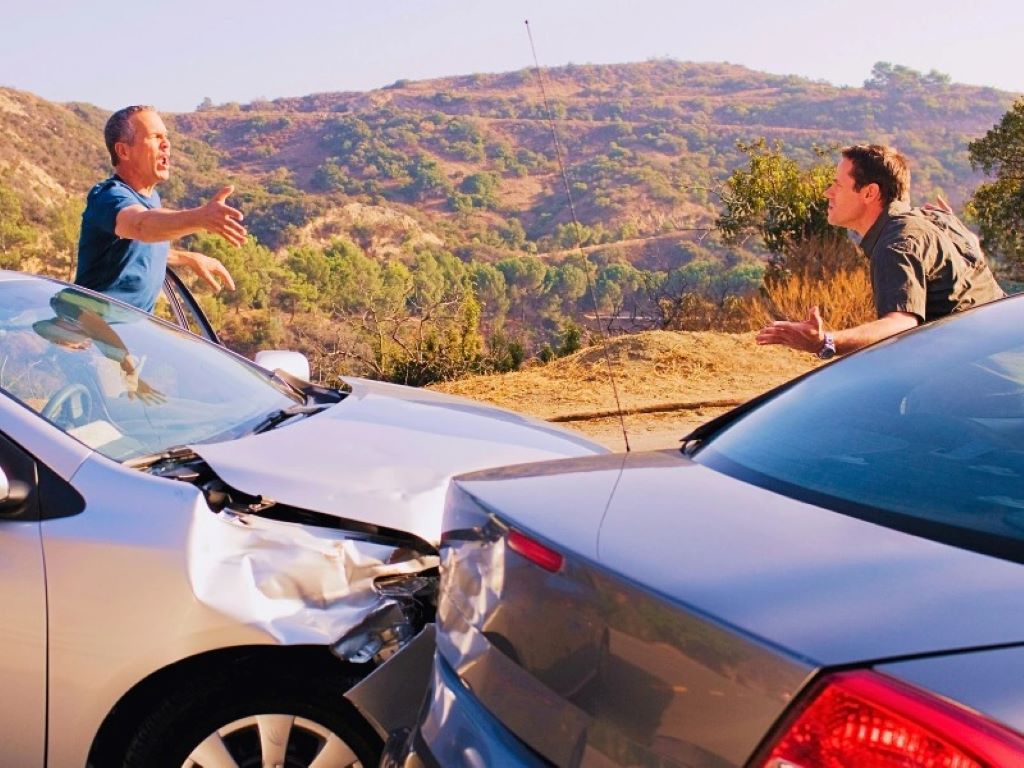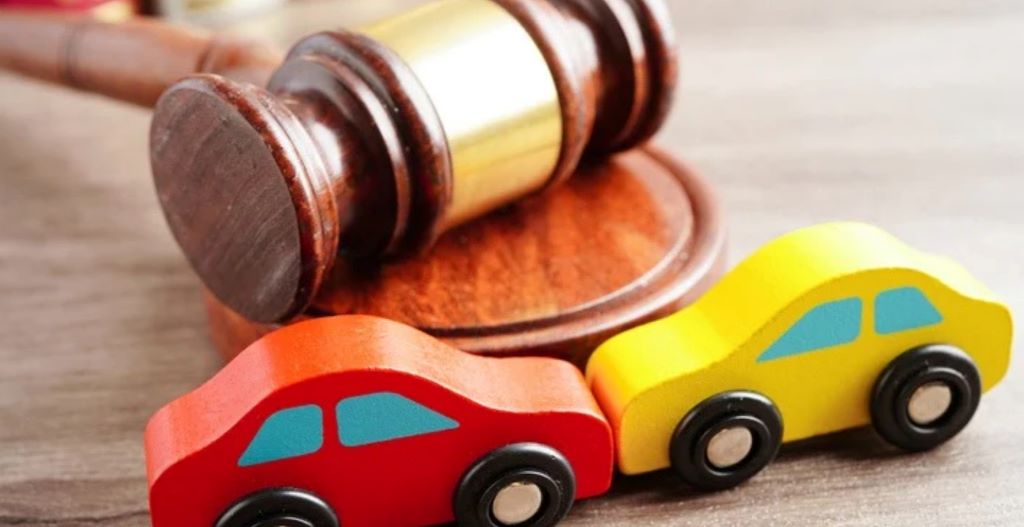Understanding What Type of Law Car Accidents Fall Under in California

Car accidents are an unfortunate reality on California’s busy roads, from the bustling freeways of Los Angeles to the scenic highways of the Bay Area. When these incidents occur, they often lead to questions about legal responsibility, compensation, and the type of law that governs such cases. Understanding the legal framework surrounding car accidents is crucial for anyone involved in a collision, as it can significantly impact the outcome of claims or lawsuits. This article explores the question, “What type of law do car accidents fall under in California?” and provides a comprehensive guide to help navigate the complexities of these cases.
The Role of Personal Injury Law in Car Accidents
To address the question of what type of law car accidents fall under in California, it’s essential to recognize that most car accident cases are governed by personal injury law. Specifically, these cases fall under a category known as tort law, which deals with civil wrongs that cause harm or loss to an individual. In California, personal injury law applies when someone suffers injuries due to another party’s negligence or intentional actions. For instance, if a driver runs a red light and causes a collision, the injured party may pursue a claim under personal injury law to seek compensation for medical bills, lost wages, and pain and suffering. To better understand the specifics of California’s legal framework, you can explore detailed resources on car accident fall under what type of law California.
Personal injury law in California operates under the principle of negligence, which requires proving that the at-fault party failed to exercise reasonable care, leading to the accident. For example, a driver who is texting while driving may be deemed negligent if their distraction causes a crash. Additionally, California follows a comparative fault system, meaning that even if the injured party is partially at fault, they can still recover damages, though the amount may be reduced based on their percentage of fault.
Key Elements of Negligence in Car Accident Cases
When examining car accident cases, negligence is the cornerstone of most claims. To establish negligence, four key elements must be proven: duty of care, breach of duty, causation, and damages. First, the at-fault party must have owed a duty of care to the injured person, such as the responsibility to drive safely. Second, it must be shown that the at-fault party breached this duty, perhaps by speeding or ignoring traffic signals. Third, the breach must have directly caused the accident, and finally, the accident must have resulted in actual damages, such as physical injuries or property damage.
Moreover, California’s comparative fault rule adds complexity to these cases. For instance, if a driver is found to be 20% responsible for an accident because they were slightly speeding, their compensation may be reduced by that percentage. Understanding these nuances is critical when pursuing a claim, as insurance companies often attempt to shift blame to minimize payouts. Consulting with a knowledgeable attorney, such as those at lawyercarinjury.com, can help ensure that your rights are protected and that you receive fair compensation.

Other Types of Law That May Apply
While personal injury law is the primary framework for car accident cases, other areas of law may also come into play depending on the circumstances. For example, if a car accident involves a commercial vehicle, such as a delivery truck, additional regulations under federal and state transportation laws may apply. These laws govern aspects like driver hours, vehicle maintenance, and licensing requirements, which can influence liability.
Furthermore, if a defective vehicle part, such as faulty brakes, contributes to the accident, product liability law may be relevant. Manufacturers or distributors could be held accountable if their product fails to meet safety standards. Similarly, if a car accident results from poorly maintained roads or defective traffic signals, government liability may arise, though such cases are complex due to California’s strict rules on suing public entities.
In rare cases, criminal law may intersect with car accident cases. If a driver was under the influence of alcohol or drugs, or if the accident involved reckless driving or hit-and-run, criminal charges could be filed alongside a civil personal injury claim. This dual legal process can complicate matters, as criminal proceedings may impact the timeline or outcome of a civil case.
Insurance Laws and Their Impact
California’s insurance laws also play a significant role in car accident cases. The state operates under an at-fault insurance system, meaning the driver responsible for the accident is liable for damages. California law requires all drivers to carry minimum liability insurance, including $15,000 for injury or death to one person, $30,000 for injury or death to multiple people, and $5,000 for property damage. However, disputes often arise when insurance companies undervalue claims or deny coverage.
Additionally, California allows drivers to purchase uninsured/underinsured motorist coverage, which can provide protection if the at-fault driver lacks sufficient insurance. Understanding these insurance requirements is vital, as they directly affect the compensation process. An experienced attorney can help navigate insurance negotiations and ensure that victims receive the full benefits they are entitled to under the law.
Statute of Limitations for Car Accident Claims
Another critical aspect of car accident cases in California is the statute of limitations, which sets a deadline for filing a lawsuit. In most personal injury cases, including car accidents, the statute of limitations is two years from the date of the accident. However, if the claim involves a government entity, such as a city or county, the deadline is much shorter—typically six months to file a government claim. Failing to meet these deadlines can bar victims from recovering compensation, making it essential to act promptly.
Common FAQs About Car Accident Laws in California
- What type of law governs car accidents in California?
Car accidents primarily fall under personal injury law, specifically tort law, which addresses harm caused by negligence or intentional actions. - How does California’s comparative fault rule work?
California’s comparative fault system allows injured parties to recover damages even if they are partially at fault, but their compensation is reduced by their percentage of responsibility. - What is the statute of limitations for car accident claims in California?
The statute of limitations is typically two years for personal injury claims, but claims against government entities may have a six-month deadline. - Can I file a claim if the at-fault driver has no insurance?
Yes, if you have uninsured/underinsured motorist coverage, you can file a claim with your own insurance company to cover damages. - Do I need a lawyer for a car accident case in California?
While not required, hiring a lawyer can help navigate complex legal and insurance issues, increasing the likelihood of fair compensation.
Conclusion
Understanding what type of law car accidents fall under in California is essential for anyone involved in a collision. Personal injury law, rooted in the principles of negligence, forms the foundation of most car accident claims, but other areas like product liability or criminal law may also apply depending on the circumstances. California’s comparative fault system, insurance requirements, and strict statutes of limitations add layers of complexity to these cases. Therefore, seeking professional legal guidance is often the best course of action to ensure fair compensation. By familiarizing yourself with these legal principles and acting promptly, you can better protect your rights and navigate the aftermath of a car accident with confidence.







